The Prato District
Fabrics and yarns have been the main products of Prato since the Middle Ages, thanks to the creativity of those who over the years have been able to renew a tradition that has never faded.
Since the 13th century, the Prato territory, located in the valley of the Bisenzio River, was rationalized through the use of “gore” (about 50 km of canals). This allowed the development of an extensive system of mills and the medieval textile industry.
Over the years, amidst various events, the real turning point for the district came during the English Industrial Revolution. In 1850, the scholar and technician Giovanni Battista Mazzoni refined spinning machines and designed new ones for carding. This machinery marked the beginning of the regeneration era of tailoring fabric cut-offs, knits, and used garments.
What we call today the circular textile economy.
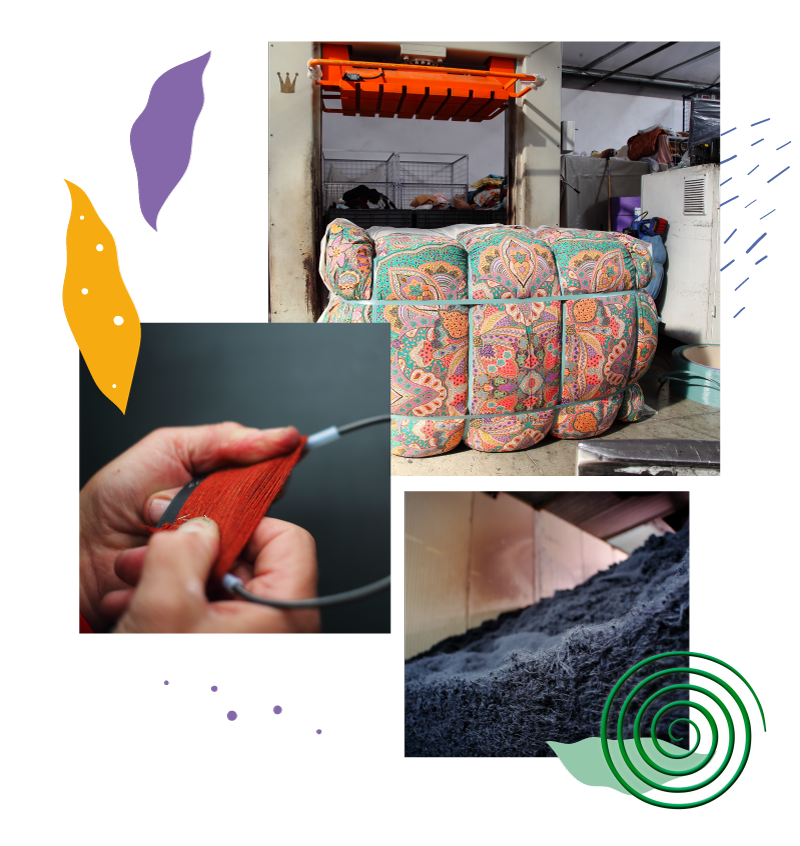
The territory of the District
The municipalities that are part of it
The companies operating there
The employees that make a difference
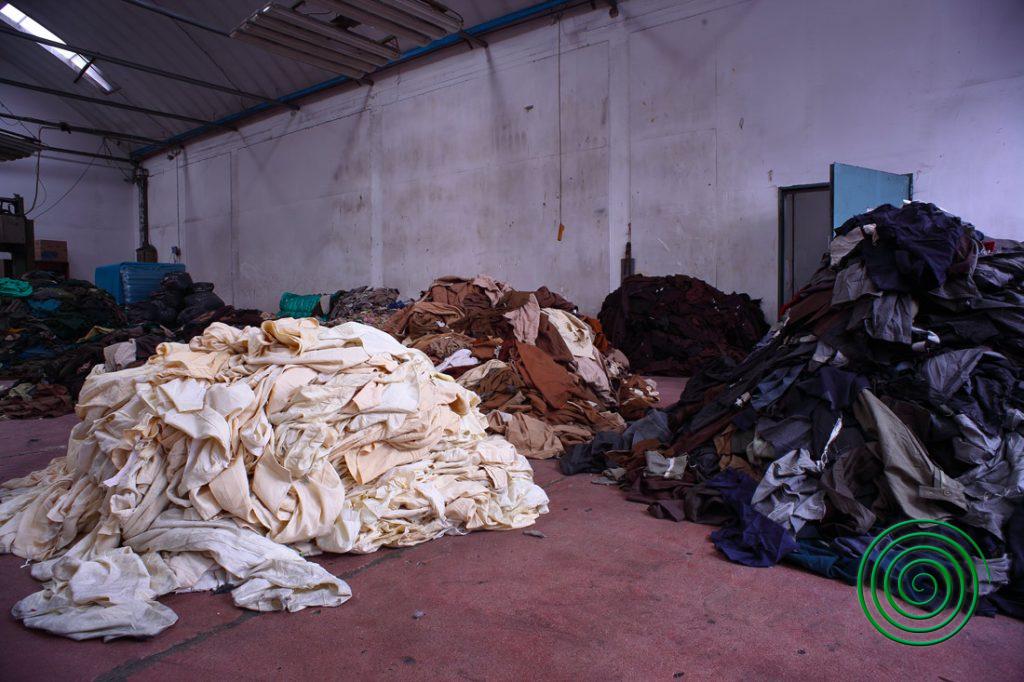
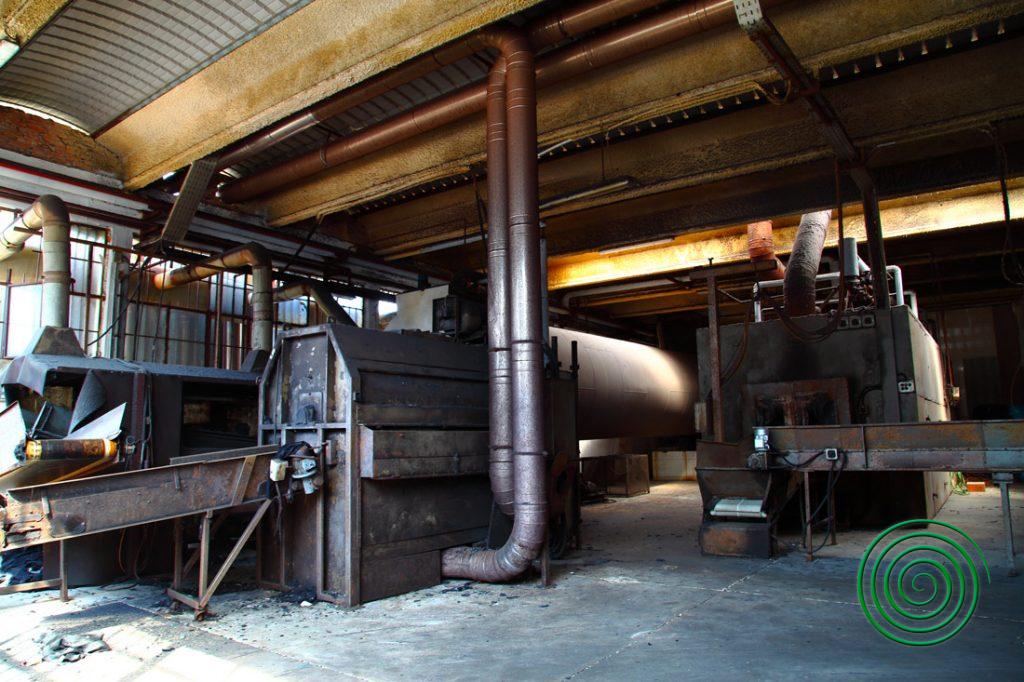
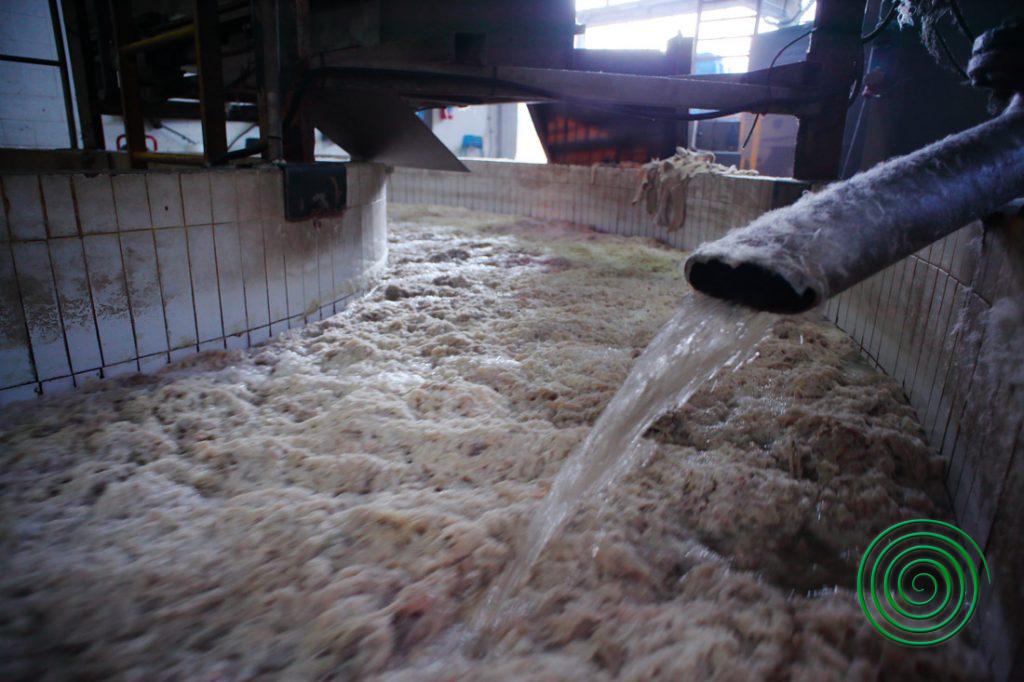
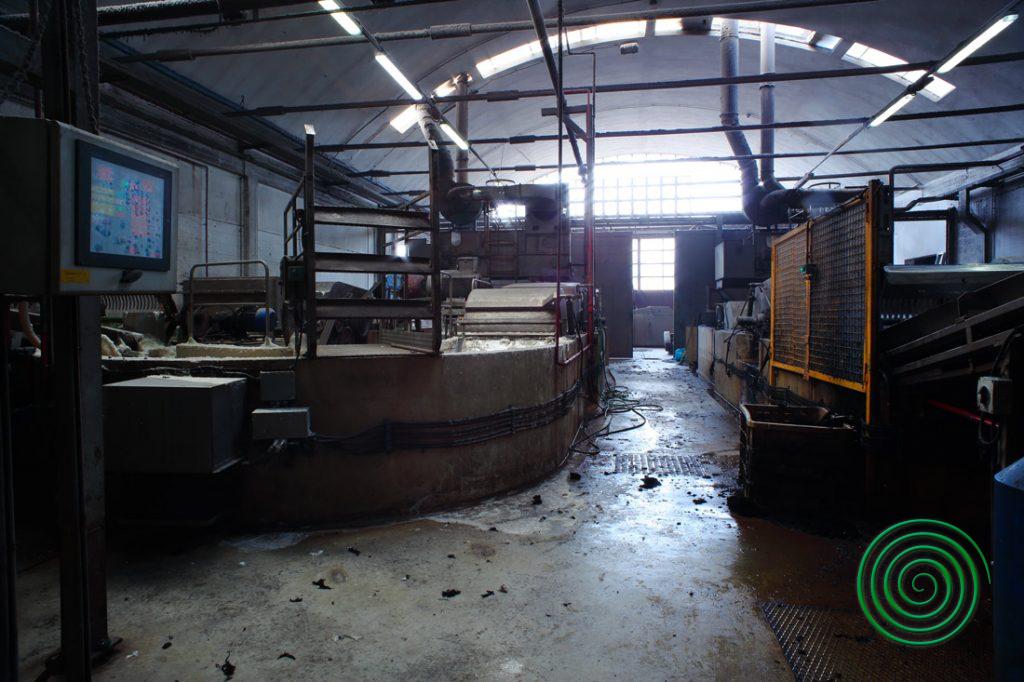
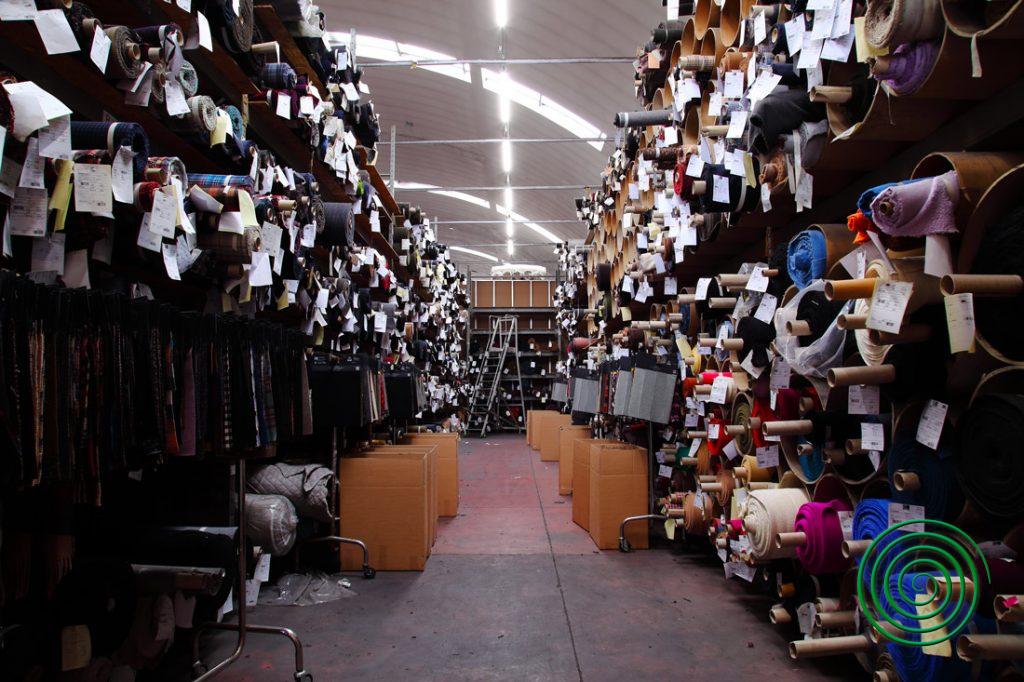
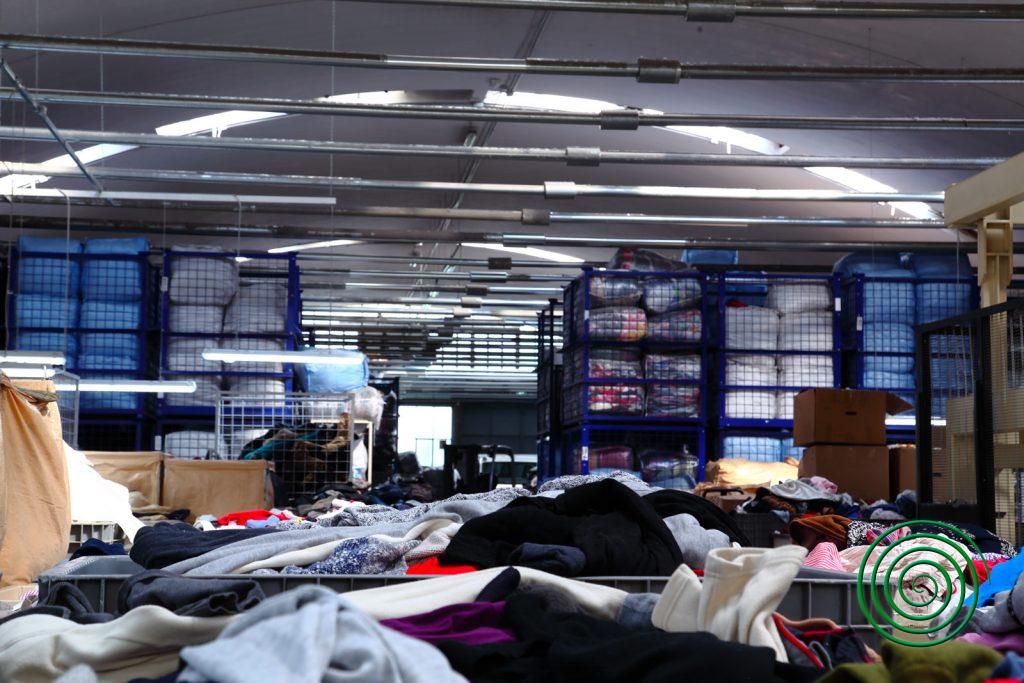
Today, the industrial district of Prato is one of the largest in Europe
It represents a production model that has attracted the attention of renowned economists, especially regarding the textile regeneration processes of which we, the people of Prato, are inventors and pioneers. The territory extends over an area of about 700 square kilometers, crossing 13 municipalities, with approximately 7,000 companies operating and over 35,000 employees. It is served by a specialized industrial aqueduct for the recycling of processing waters, the GIDA, which is a unique case at the European level.
It is precisely from this century-old experience and the numbers of the Prato textile district that the idea and need to create Corertex, the consortium for textile reuse and recycling, emerged.

The culture and knowledge of regenerated textiles are integral parts of the territory
The industrial system in Prato is based on the subdivision of production among numerous small and medium independent enterprises, each specializing in a specific activity. Still, all are connected and essential for the continuity of the supply chain. These enterprises are engaged in the research and design of samples, organization, production, and marketing of the finished product, forming a single large workshop that guarantees high quality standards, fast delivery times, and competitive prices.
The culture and knowledge of regenerated textiles are integral to the territory, which, over the years, through studies and technological evolution, has led the district to be a recognized and envied Italian excellence in the circular textile economy worldwide. Approximately a quarter of the textile district’s turnover comes from recycling over 100 thousand tons of post-consumer materials (used garments) and textile scraps.

